Dear Editors,
I enclose a copy of pages 60 and 61 of your May 2005 issue, which may contain an error. It states that the picture is of “soldiers of the 225th Infantry Regiment.” The correct identification is the 255th Infantry Regiment, of the 63rd “Blood and Fire” Division. I was a scout-observer in the Combat Intelligence squad of the 2nd Battalion of the 255th.
After capturing Heidelberg and crossing the Neckar River on April 1, 1945, we pursued the German army retreating toward Bavaria, but making many rear-guard stands. Waldenburg sits atop a high butte, and is ringed with a high medieval stone wall; the top half of the hillside was heavily forested with pine trees, and the lower half was wide open. An SS unit, estimated at 550 in number, chose to make a stand there, as its height gave them excellent visibility in all directions.
Our efforts at infantry assault were met by withering small-arms fire, and our guys could not reach the wooded top areas. We therefore pulled back, and brought up several batteries of 4.2-inch mortars, which fired a lengthy barrage of WP (white phosphorus incendiary) shells, until the entire town was ablaze. As the flames died down we moved in easily, captured the few surviving enemy, and resumed the pursuit toward the Danube.
Shortly thereafter the Stars and Stripes published a photo substantially similar to yours, properly identifying the 255th.
Thanks for listening.
Ralph K. Smith
Locust Valley, New York
PBM Martin Mariner
Dear Editors,
I especially enjoyed your Iwo Jima and Okinawa 60th Anniversary Collectors Edition. Since I went to the Pacific Theater late in 1944 and ended up flying over the Missouri on September 2, it covers most of the action I saw as a Navy combat aircrew gunner.
However, I would like to make a correction in Gerald Astor’s article about the sinking of the Yamato. He mentions that the Japanese battleship was spotted by “Marine twin engine flying boats” (page 14) and that “pilots of the two Marine flying boats” rescued Lieutenant J.G. Delaney (page 78). An “r” was left off in both instances. These were PBM Martin Mariner flying boats (either from my squadron or a sister squadron based at Okinawa). One was piloted by Lieutenant J.G. Richard Simms.
Morton Kail
Eastchester, New York
Thank you for pointing out this information. We regret the error.
General Casualties
Dear Editors,
I was impressed with the article by Colonel Thomas R. Cagley on generals that lost their lives in WWII. The article was interesting and covered a subject I have been only vaguely aware of in my reading of WWII history. However, in the fifth paragraph Colonel Cagley mentions the numbers of German generals executed by Hitler and the number of generals killed in action—his figures are off. According to the book Opfergang der Generale by Josef Folttmann and Hans Moller-Witten, first published in 1952, 223 German army generals were killed in action during the war; only 20 were executed by Hitler. Most of those executed by Hitler were in connection with the July 20, 1944 plot on his life. This book also details German flag officers from all services—Army, Navy, Air Force, Waffen SS, and Police—who were killed in action, committed suicide, or died in hospitals or captivity.
James H. Stevenson
Pinehurst, North Carolina
Latino Contributions
Dear Editors,
I would like to suggest that you include more articles covering the history of Latino or Hispanic soldiers in the U.S. Armed Forces, especially those from the Southwest or California. The contributions made by Hispanics in World War II and in other wars has rarely been documented or acknowledged. I recently read an excellent book titled Among the Valiant by Raul Morin which speaks to this very subject. I feel it is very important that the Hispanic youth and other segments of our society learn of the participation that Latinos and Hispanics have had in the wars this country has fought, and that we begin to acknowledge these contributions.
Hector R. Mesa
Tuscon, Arizona
Dieppe Raid
Dear Editors,
I address my immediate comments to your article in the July 2005 issue of WWII History. The article is titled “Tragic Dress Rehearsal” and is written by Australian Richard Rule. Mr. Rule is very good at keeping within the confines of Operation Jubilee and its benefit to Operation Overlord, but he fails to make any meaningful mention of the previously cancelled Operation Rutter, Lord Mountbatten, and how they affected the outcome of Jubilee. In my opinion this affect is quite pertinent to Mr. Rule’s commentary. As you may know, it was Lord Mountbatten and his unauthorized rejuvenation of Rutter (albeit without anywhere near the air/sea support assets) on July 11, 1942 that led to Jubilee. Its lack of authorization can be directly attributed to the overall failure of the raid in terms of those killed, wounded, and captured. Assets that were planned for the larger Operation Rutter such as warships bigger than destroyers, the use of RAF Bomber Command “heavies,” and most importantly, the Inter-Service Security Board and the Joint Intelligence Committee were not in place. Rutter was planned for July, and almost five weeks separate it from August 12, 1942. Aside from no security plan for the troops that were briefed on Rutter, no new intelligence was provided to Mountbatten and his staff at Combined Operations. That which they had was horribly faulty in the make-up and location of German forces both in and around Dieppe. I feel this piece could have benefitted from putting this raid into context by speaking on Rutter first. Nonetheless, a fine article by Mr. Rule. In closing, I wish to say that you publish a fine magazine and your topics and authors are as interesting to read as can be. Keep up the good work.
Darrell Zinck
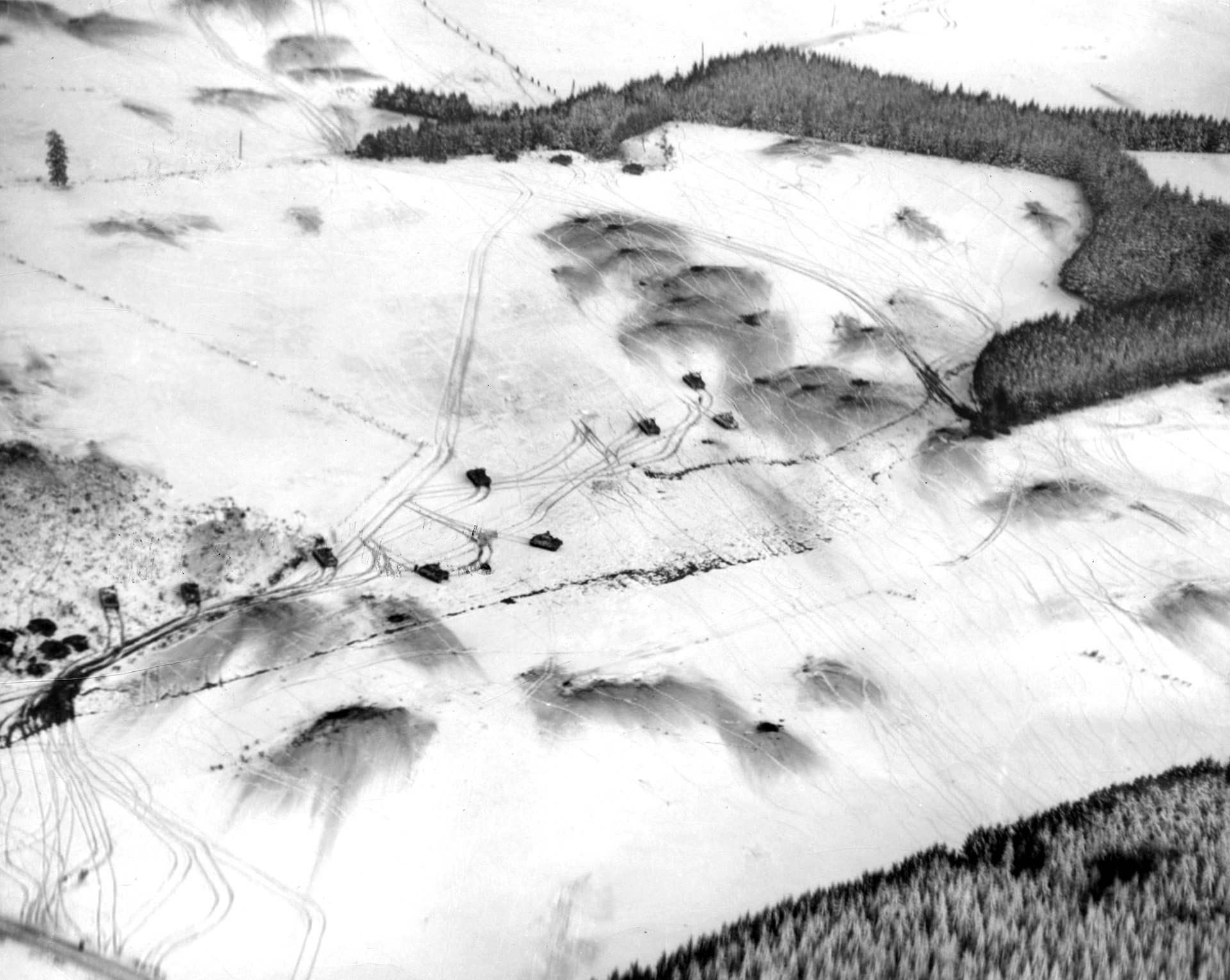
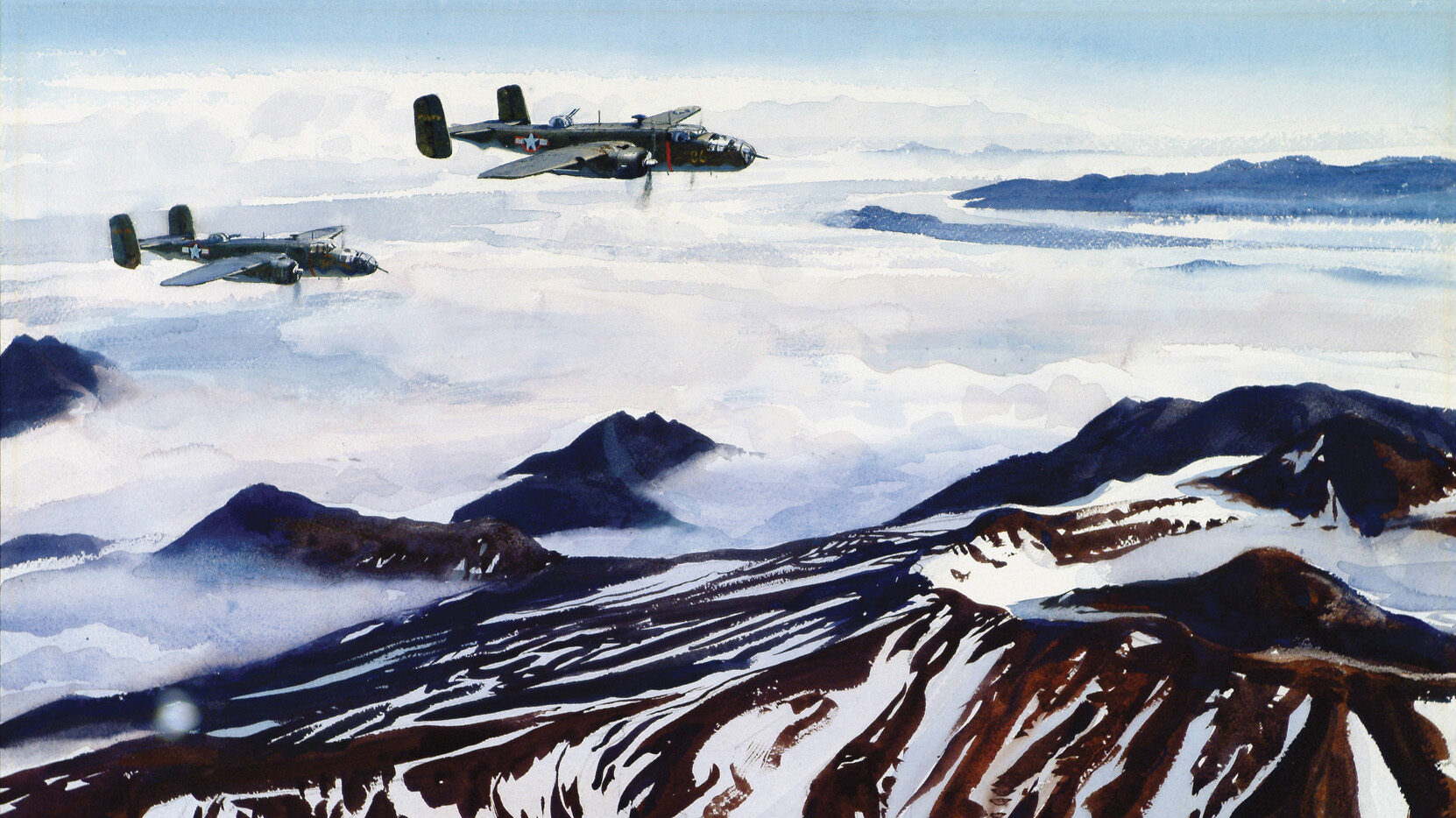
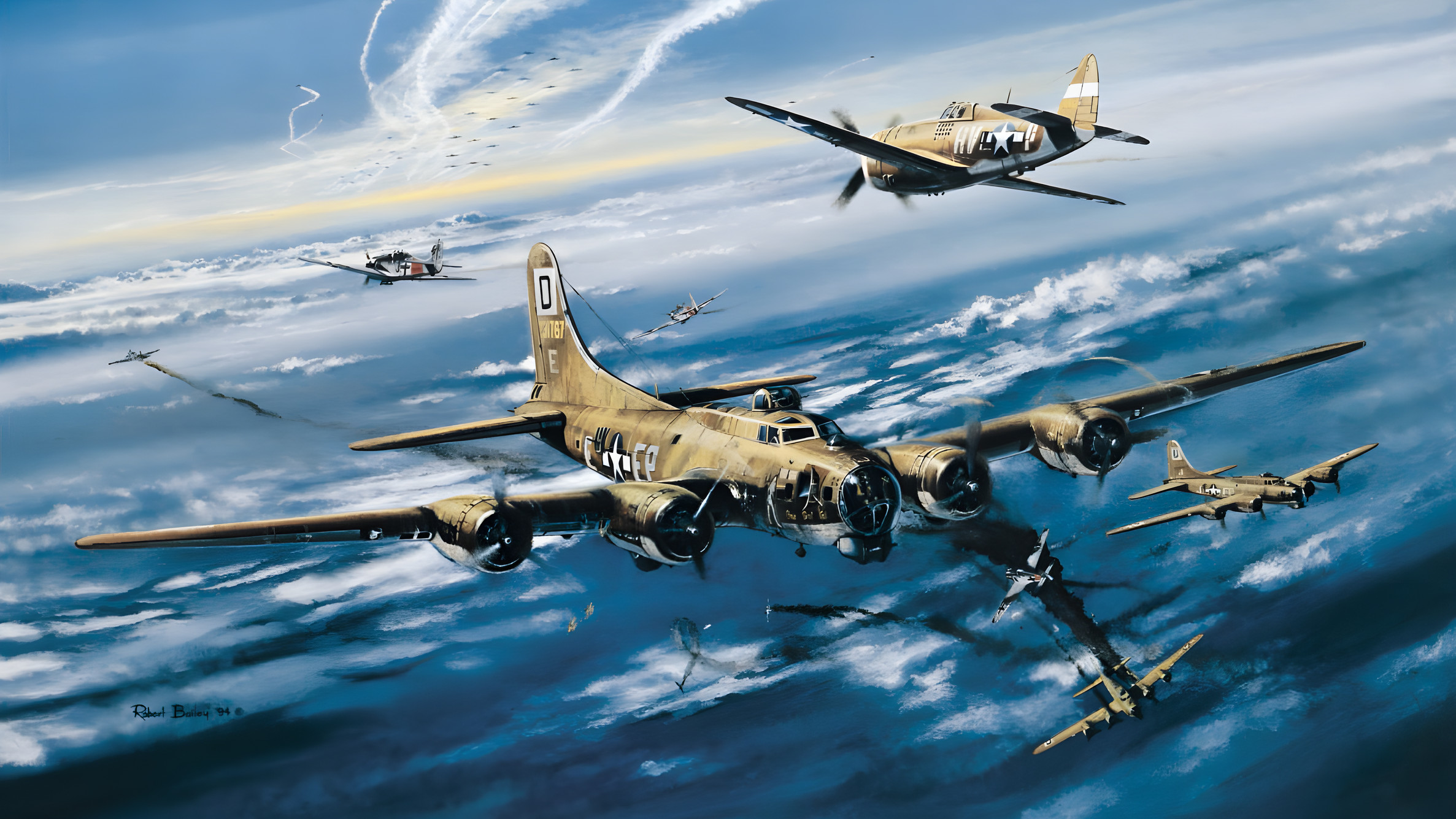

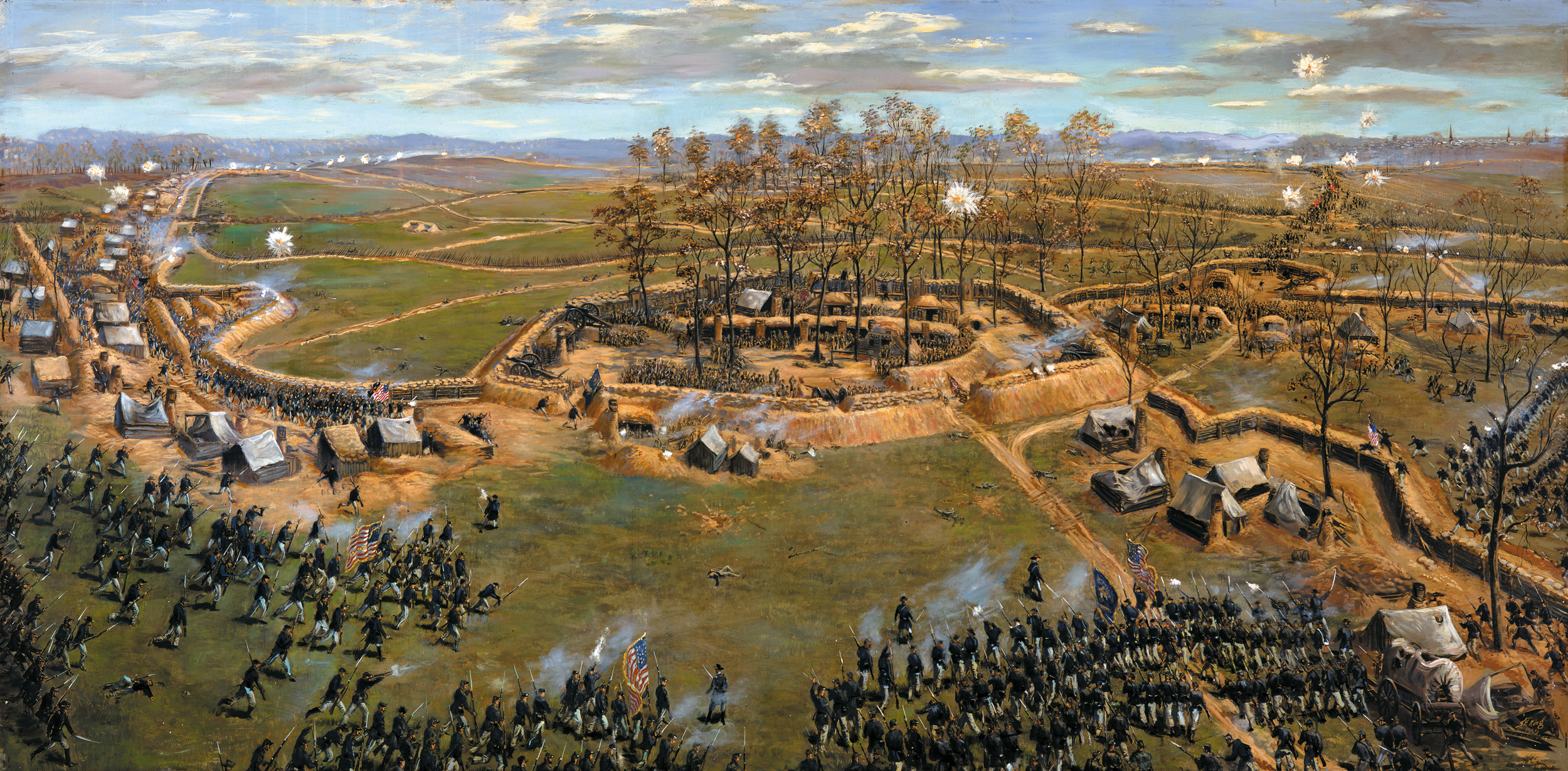
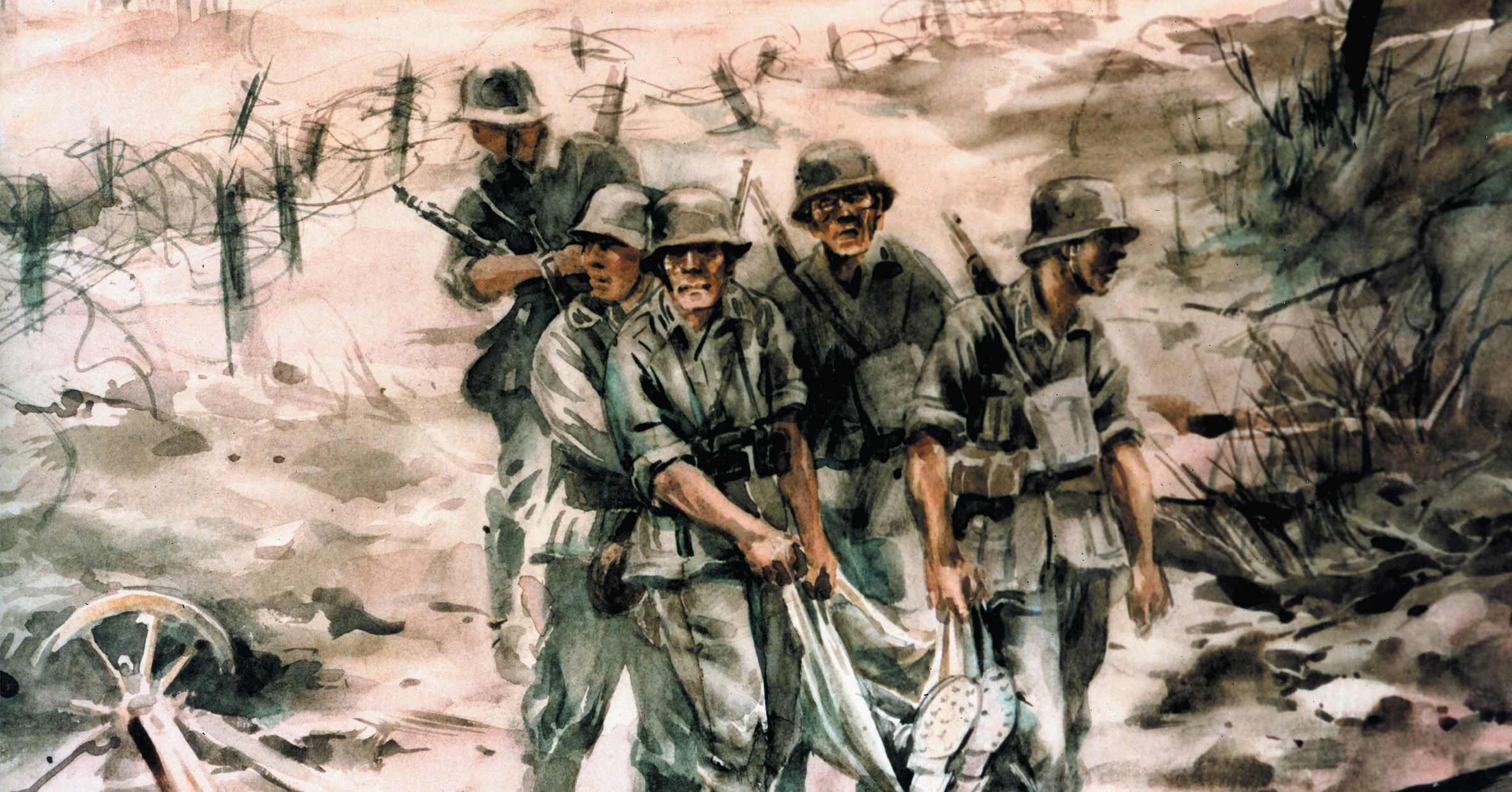
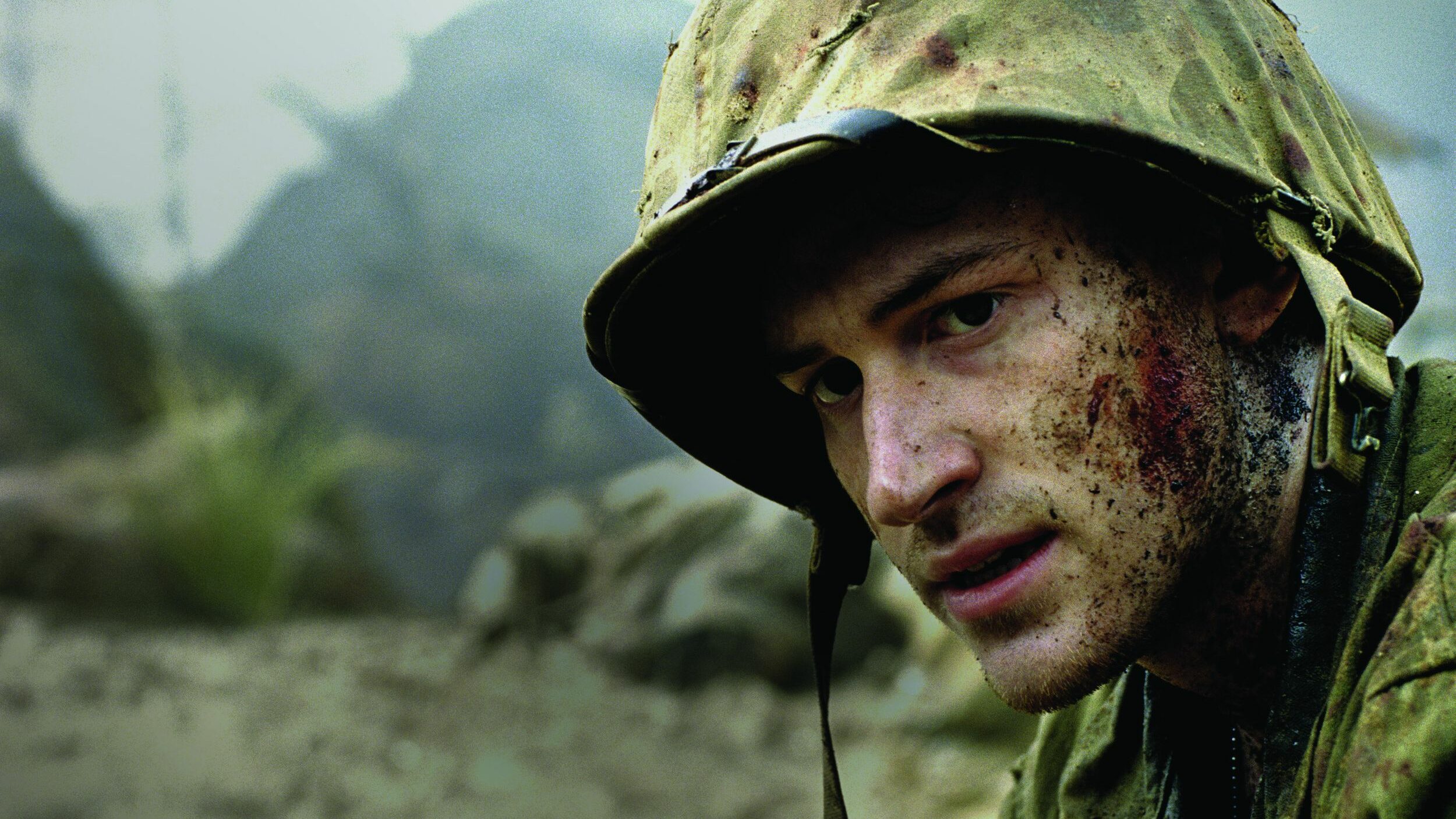
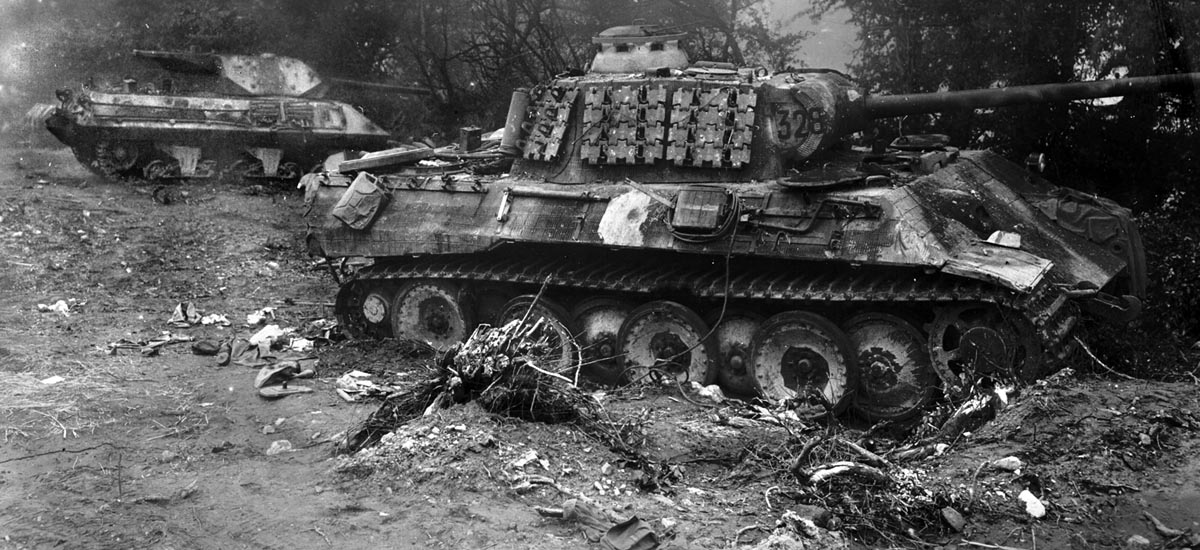
Join The Conversation
Comments
View All Comments